Have you ever wondered why your beloved snake plants leaves are splitting? It’s a common issue faced by snake plant enthusiasts, and the causes might surprise you.
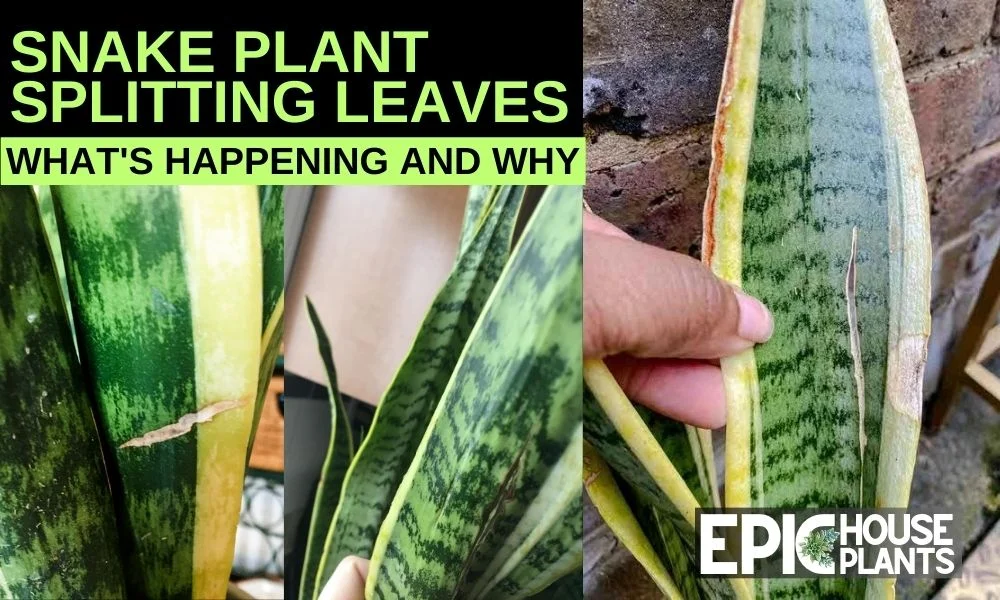
This article aims to delve into the details of this perplexing phenomenon, breaking down the key reasons behind it and suggesting practical solutions to address the problem effectively.
Identifying Split Leaves
To determine if your Snake Plant leaves are splitting, you need to understand what it looks like. Essentially, split leaves on a snake plant are usually displayed as vertical tears, stretching from the edge towards the center of the leaf.
The tear exposes the inner flesh of the leaf which is lighter in color compared to the outer dark green layer. The split might also have irregular edges. By identifying these signs, you can better address the issue.

💡Also Read: it’s also important to note that some symptoms may overlap with other plant health issues, such as brown tips. For more information on snake plant brown tips and how they might be related to your plant’s condition, you might find this article helpful.
Why Are My Snake Plant Leaves Splitting?
Perhaps you’ve noticed your snake plant’s leaves splitting and have been puzzled as to why it’s happening. There could be several reasons for this. Let’s delve into them:
1. The Threat of Overwatering
ne of the primary reasons your snake plant might be splitting is overwatering. It’s a crucial fact to remember that snake plants are succulents and should be treated as such.
Like most succulents, snake plants prefer a dry environment and can easily be harmed by too much water.
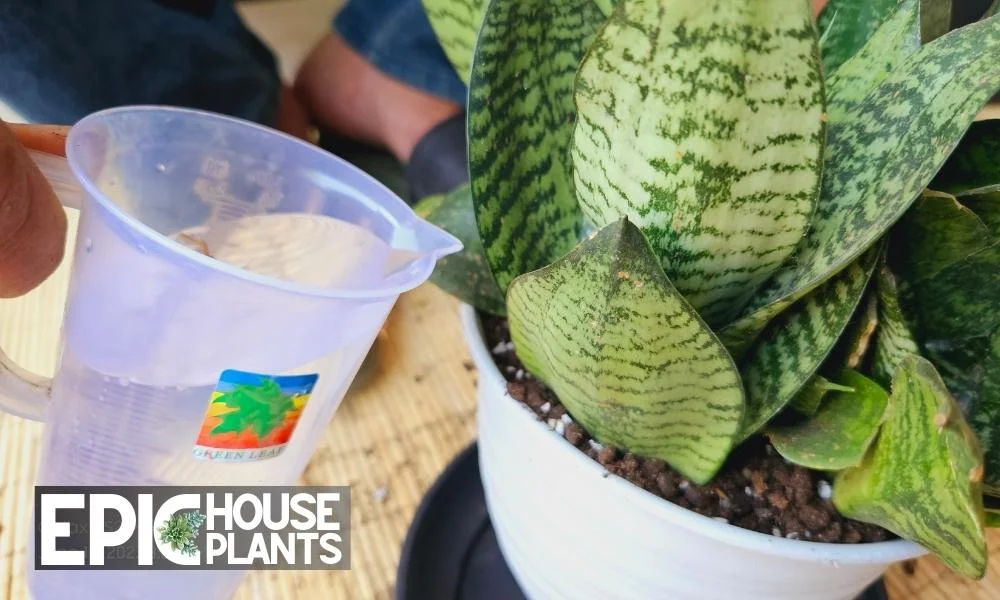
Understanding Overwatering and Its Impact
Snake plants absorb water in their leaves. Overwatering leads the plant to absorb excess water and store it within its leaves.
This excess water intake causes the leaves of the snake plant to shrink and swell rapidly, damaging the plant cells and leading to leaf splitting.
In environments with high temperatures and low humidity, the plant’s transpiration rate increases. We all love our plants and want to give them the best care possible. Still, excessive watering combined with such conditions exacerbates the problem of leaf splitting.
Treatment: Rescuing Your Snake Plant from Overwatering
The first step to rescue your overwatered snake plant is to check the soil. If it’s wet or soggy, do not water it for several weeks until the soil is completely dry.
In severe cases, you may need to repot your snake plant in a new container with better drainage holes and replace the potting mix. Using well-draining soil can significantly help in preventing overwatering issues in the future.
💡Also Read: Remember, it’s always better to check the soil for dryness before watering. More on the proper watering schedule for snake plants can be found in this detailed article here.
2. The Hidden Enemy: Boron Deficiency
Another less known cause behind your snake plant’s leaf splitting might be boron deficiency.
Snake plants, like other plants, require both macronutrients (nitrogen, phosphorus, and potassium) and micronutrients for optimal health and vitality.
The Role of Boron in Snake Plants
Boron is one of the essential micronutrients needed by plants. It is crucial for cell division and the formation of cell walls. Besides, boron helps in transporting sugars to the plants, leading to foliar development.
A snake plant deficient in boron often exhibits symptoms like split leaves or stunted growth, which occur when the plant cells do not develop properly due to lack of this nutrient.
Treatment: Addressing Boron Deficiency
To tackle boron deficiency, first, check your soil’s pH. Soil that is too acidic or too alkaline inhibits the availability of boron to the plant.
Ideally, the soil pH should be between 5.5 to 7.5. If your soil is highly alkaline, consider adding vinegar or lemon juice to it. If it’s too acidic, adding lime can make the substrate less acidic.
Incorporating organic matter into your soil can also increase the percentage of all micronutrients, including boron.
💡Also Read: To learn more about the best soil types for snake plants, head over to this informative article.
3. The Subtle Foe: Extreme Temperature Changes
Last but not least, snake plants are also sensitive to sudden environmental changes. They can thrive in temperatures between 55 to 90 degrees Fahrenheit.
However, extreme fluctuations or sudden transitions between temperatures can cause a great deal of stress to the plant, leading to issues like leaf splitting.
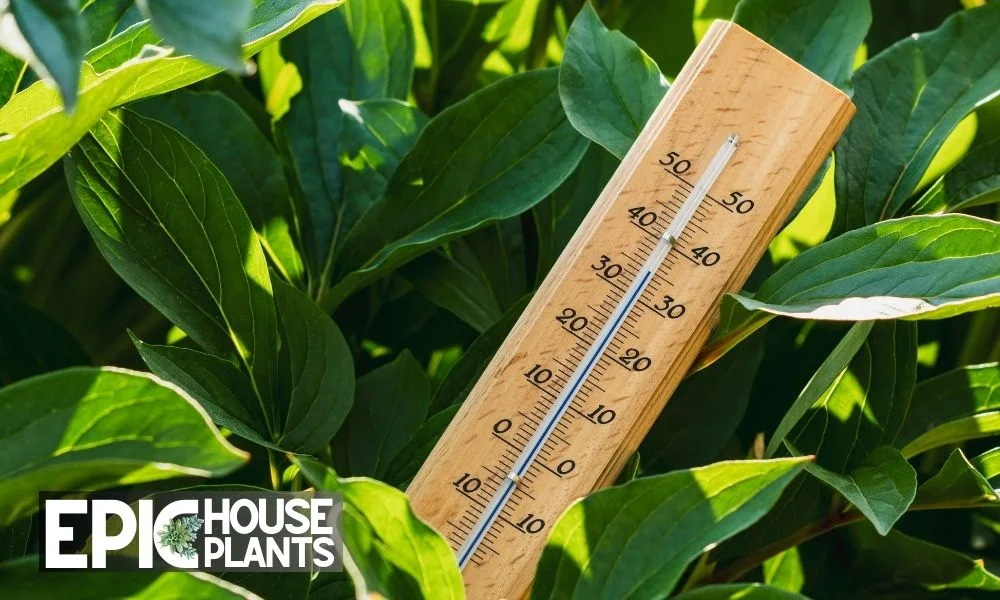
The Effect of Temperature Changes on Snake Plants
Extreme temperature changes mean that snake plants should never be moved suddenly from one extreme condition to the opposite.
This kind of abrupt transition can cause a shock to the plant, leading to visible signs of distress like splits and cracks appearing on the leaves very soon.
If you plan on moving your snake plant from indoors to outdoors or vice versa, it is vital to make this transition gradually, taking care to mimic the plant’s current environment and provide the necessary changes step by step.
Treatment: Protecting Your Snake Plant from Temperature Extremes
To prevent damage from extreme temperatures, avoid placing your snake plant near heating vents or in front of air conditioners. Hot or cold winds can damage the snake plant leaves.
During summer, avoid misting the snake plant altogether as the increase in temperature can lead to faster transpiration and potential leaf damage. Conversely, in winter, protect your snake plant from cold drafts to prevent the leaves from freezing and splitting.
Author Note:
If your snake plant is growing outdoors, provide a shaded spot to avoid direct sunlight which could potentially cause overheating and subsequent leaf splitting.
💡Also Read: You can find more detailed information about maintaining snake plants in extreme temperatures in this helpful guide.
4. The Unintentional Culprit: Physical Damage
The indoor environment can often be perilous for plants. Among the myriad threats that indoor plants face, physical damage, particularly from pets and mishandling, is an unfortunate yet common issue.
The Implication of Physical Damage on Snake Plants
Just like any other houseplant, snake plants are susceptible to physical damage. While no one intentionally harms their plants, accidents happen.
A swipe from an overly curious pet, a child’s innocent play, or even an awkward bump can cause physical damage leading to the splitting of the snake plant’s leaves.
Treatment: Preventing Physical Damage
To prevent such unfortunate incidents, it’s essential to place the snake plant in a safe spot. If you have pets or children around the house, consider using a hanging pot or creating a physical barrier like a small fence around your snake plant.
Proper placement of your indoor plants can make a significant difference in maintaining their health and preventing physical damage.
💡Also Read: If you’re a pet owner, especially of cats, you might find this article on Snake Plants and their toxicity to cats quite informative.
5. The Environmental Factor: Low Humidity
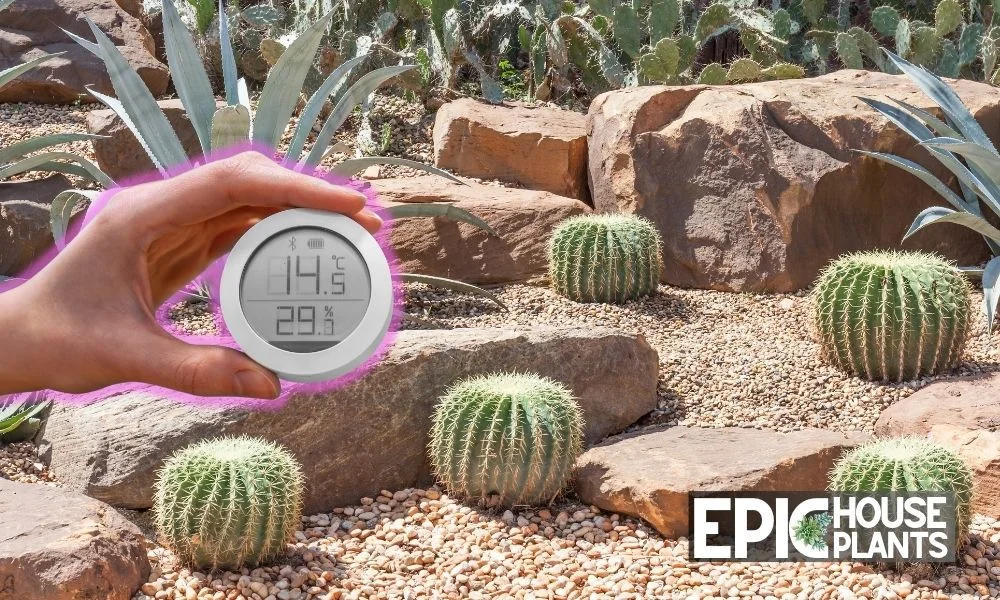
Snake plants hail from the tropical forests of West Africa and, as such, prefer a moderate humidity level.
However, indoor environments, particularly those with heating or cooling systems, often have low humidity that can be detrimental to your snake plant’s health.
The Role of Humidity in Plant Health
Snake plants typically require a humidity level between 35% and 45%. Dry air or low humidity can cause the leaves of your snake plant to dry out, making them brittle and prone to splitting or cracking.
When the air is too dry, it accelerates water loss from the plant, causing it to dehydrate and potentially split.
Treatment: Maintaining Optimal Humidity Levels
To counteract low humidity, consider investing in a good quality humidifier. It will not only keep your plant happy but also improve your indoor air quality.
Author Note:
An alternative is a homemade pebble tray, which can help maintain humidity around the plant. Also, avoid placing your snake plant near heating or cooling vents as these can further dry out the air around the plant.
5. The Environmental Factor: Low Humidity
Finally, despite their hardy nature, snake plants are not completely immune to pests. Certain insects like mealybugs or spider mites pose a significant threat to your snake plant’s health.
The Damage Caused by Pest Infestation
While snake plant’s leaves are hard and resistant to most pests, mealybugs or spider mites can still wreak havoc on your plant.
These pests attack the leaves, sucking up the sap and causing the leaves to dry out. As a result, the leaf cells break down, creating large cracks or splits.
Treatment: Battling Pest Infestation
Regular checks for pests on your snake plants can help you catch infestations early before they escalate to a larger problem.
If the infestation isn’t too extensive, pests can often be removed by hand. For larger infestations, consider using organic solutions like neem oil or other insecticides.
If your snake plant has heavily infested or damaged leaves, it’s best to remove these leaves and dispose of them properly to prevent the pests from spreading to your other plants.
💡Also Read: Check out this detailed guide to learn more about how to protect your snake plant from cold damage.
How To Prevent Snake Plant Leaves Splitting
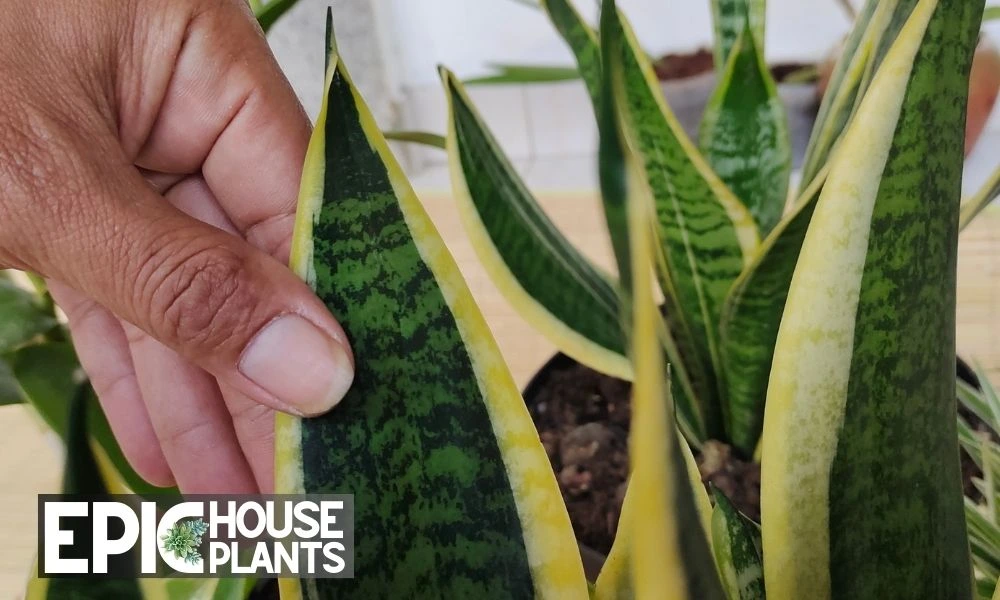
Prevention is always better than cure. Hence, knowing how to prevent leaf splitting in your snake plant can save you a lot of trouble and keep your plant looking its best:
- Regulate Watering: Since overwatering can lead to leaf splitting, ensure that you are providing just enough water. As a rule of thumb, water your snake plant only when the soil is completely dry.
- Provide Essential Nutrients: Addressing boron deficiency through the use of suitable fertilizers can help prevent leaf splitting.
- Temperature Control: Avoid placing your snake plant in areas prone to extreme temperature fluctuations, such as near air conditioners or heaters.
- Prevent Physical Damage: Ensure that your plant is not in high-traffic areas where it could be damaged by people/kids or the roaming pets.
- Maintain Humidity: Snake plants thrive in high humidity. If you live in a dry climate, consider using a humidifier or placing your plant in a pebble tray filled with water to increase humidity.
- Pest Management: Regularly inspect your snake plant for any signs of pest infestation. If pests are found, deal with them promptly to prevent leaf damage.
Author Note:
Proper care, including using a good potting mix, selecting a suitable location, following a less frequent watering schedule, regularly checking on the plants, and conducting research, can help prevent splitting and maintain the health of snake plants
💡Also Read: But did you know that this splitting could be a sign of more serious issues, like mushy leaves? That’s right, a seemingly small symptom could indicate a larger problem. I highly recommend checking out this Ultimate Guide to Handling Snake Plant Mushy Leaves.
Author

Pudji Haryanto
Pudji Haryanto is a writer and urban farmer with a passion for cultivating plants. He has over 15 years of experience in agriculture and currently manages a 65,000 square foot rice-field and yard filled with various plants, including vegetables, spices, flowers, and garden plants.
